NFT transactions rose from $40.96 million in 2018 to $338.04 million in 2020. That's an increase of over 8x in two years. And the world’s most expensive NFT recently sold for over $91 million! So, what are they?
As a chap who owns NFTs and sells NFTs, I have a pretty good handle on them. So, here’s a simplistic guide to NFTs and why you should probably have them on your radar, if not already in your marketing mix.
To fully understand NFT’s it’s useful to understand blockchains. A blockchain is basically a very secure database. That’s it. Its security comes from the fact that transactions, or records stored on it, have to be verified by around 10,000 randomised nodes (or users). This is done automatically, so you don’t need to do anything if your node is used and you won’t even know. In comparison, a bank has one node, a central record of balances and transactions.
The blockchain records all details of the NFT. When it was created, what price it was, who bought it, who sold it and who owns it now. Meaning everything is traceable and transparent, which is totally unique.
Now to NFTs. Non-Fungible Tokens, in its full form. Fungible is a financial term, typically applied to currency which can be exchanged without any change in value e.g. swap a £20 note with a friend and you still have £20. Swap a Picasso for a Rembrandt and you have something very different to where you started. Non-fungible means it is an item that is unique in some way e.g. art, a mortgage certificate or a concert ticket. The first two should make sense as being unique, and a seated concert ticket is unique by virtue of the seat number.
So NFTs aren’t just jpegs. They can also offer ‘utility’. This could be getting access to further digital downloads, or entry to events in real life. Bored Ape Yacht Club did this when they ran a members only event in New York.
Another misconception is that minting an NFT (adding to the blockchain) is detrimental to the environment. Typically the energy consumption is close to that of watching a TikTok clip or two. The confusion comes from the high energy task of mining for Bitcoin. That’s a whole other article.
It’s worth touching on cryptocurrencies, as I mentioned - Bitcoin. These are digital stores of value, just like credit or debt in your bank account. You don’t need cryptocurrencies to purchase NFTs now. Big NFT sellers like OpenSea take payment by bank card. The barriers to entry are coming down every day, with Meta and eBay adding sales to their stores.
So who’s already onboard? Well, Adidas, Prada, Gucci, Lamborghini, Damien Hirst, Johnny Depp, TikTok and many more are already selling their own NFTs. Buyers include Justin Beiber, Snoop Dogg, Eminem, and Visa.
Also, a survey conducted this year by Morning Consult, found that Millennials are the most likely generation to collect NFTs. 23% of Millennial respondents claim to collect NFTs as either a hobby or an investment. It’s clear the interest is there.
If you’d like to learn more about what assets or utility you can offer to your customers, please get in touch.





.png)



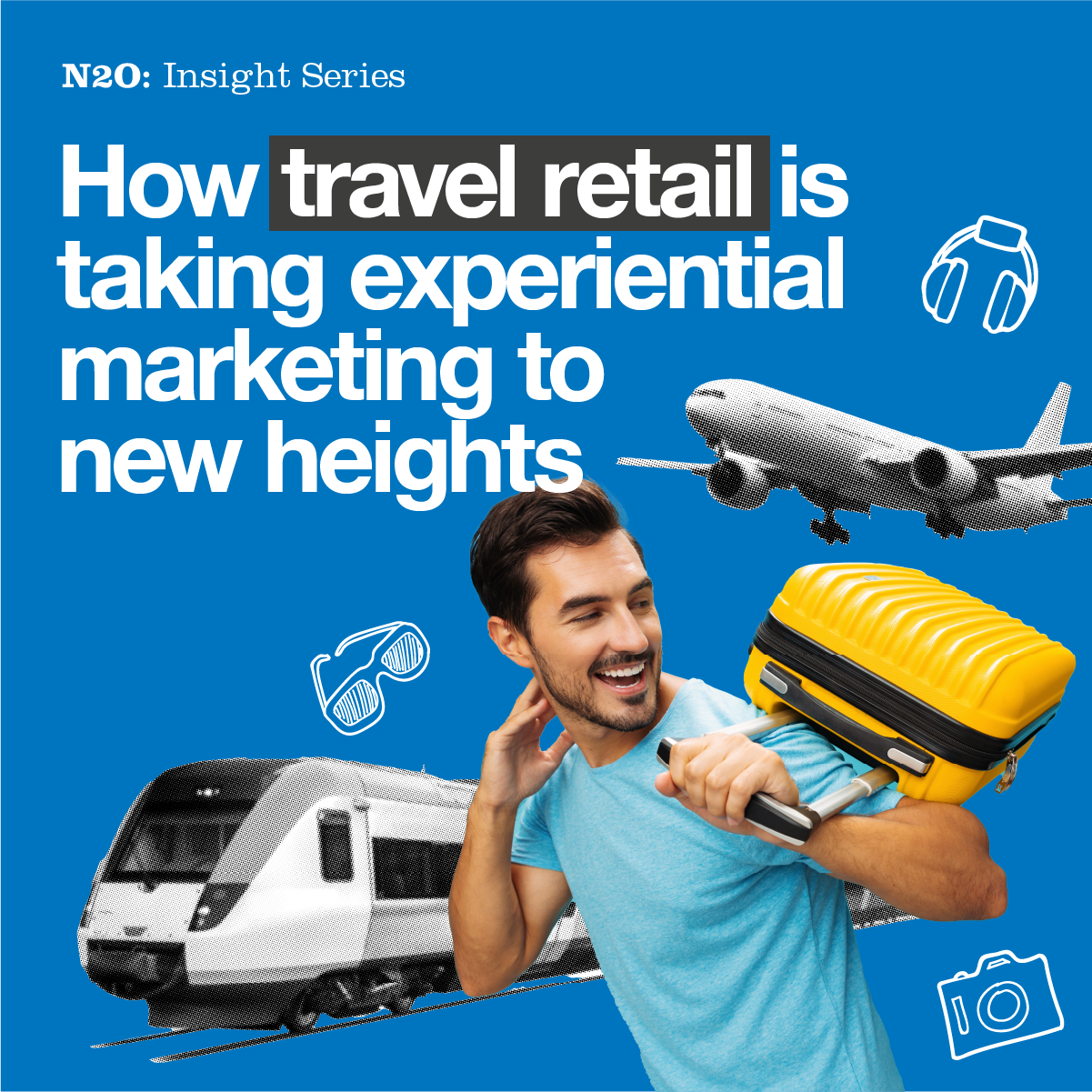
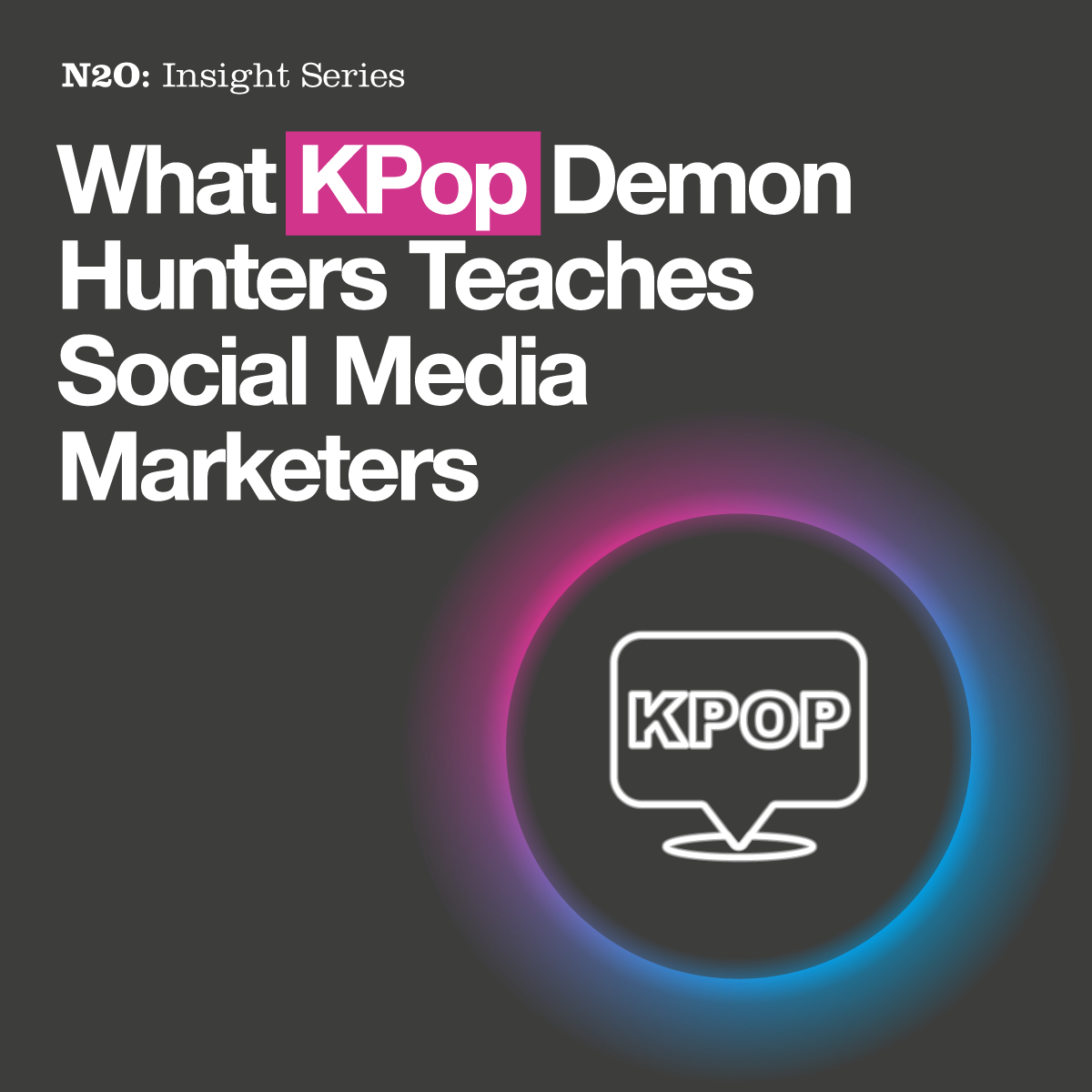
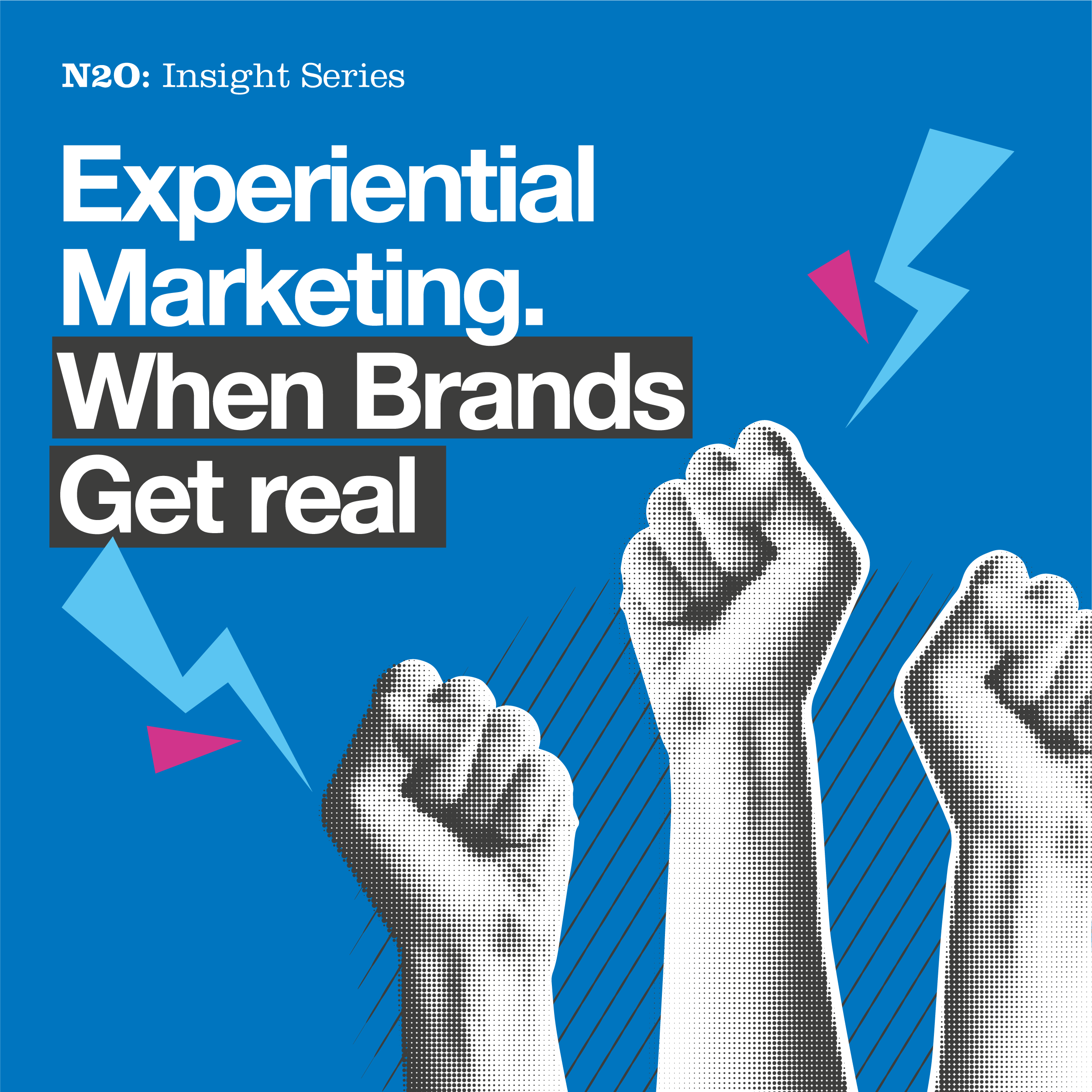





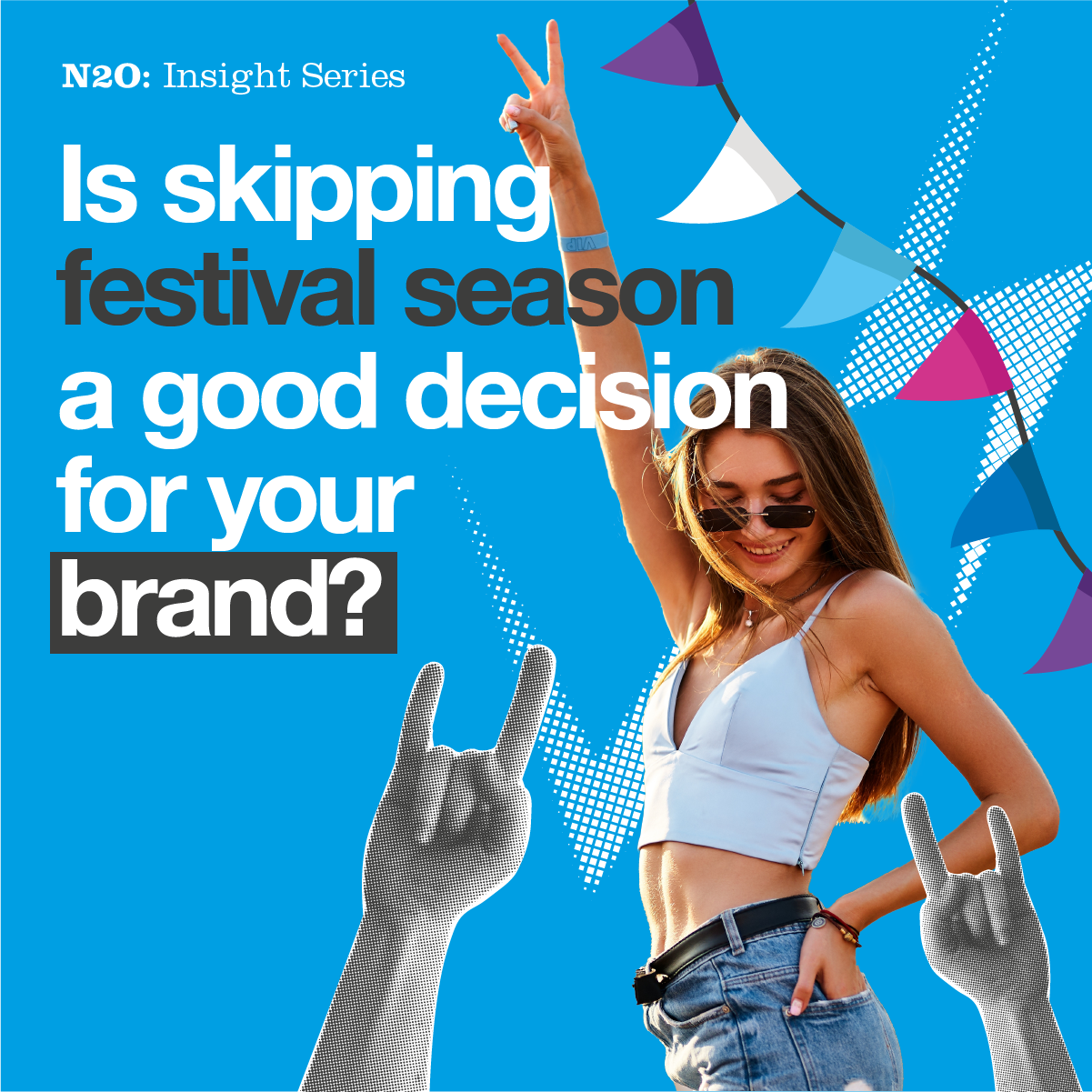
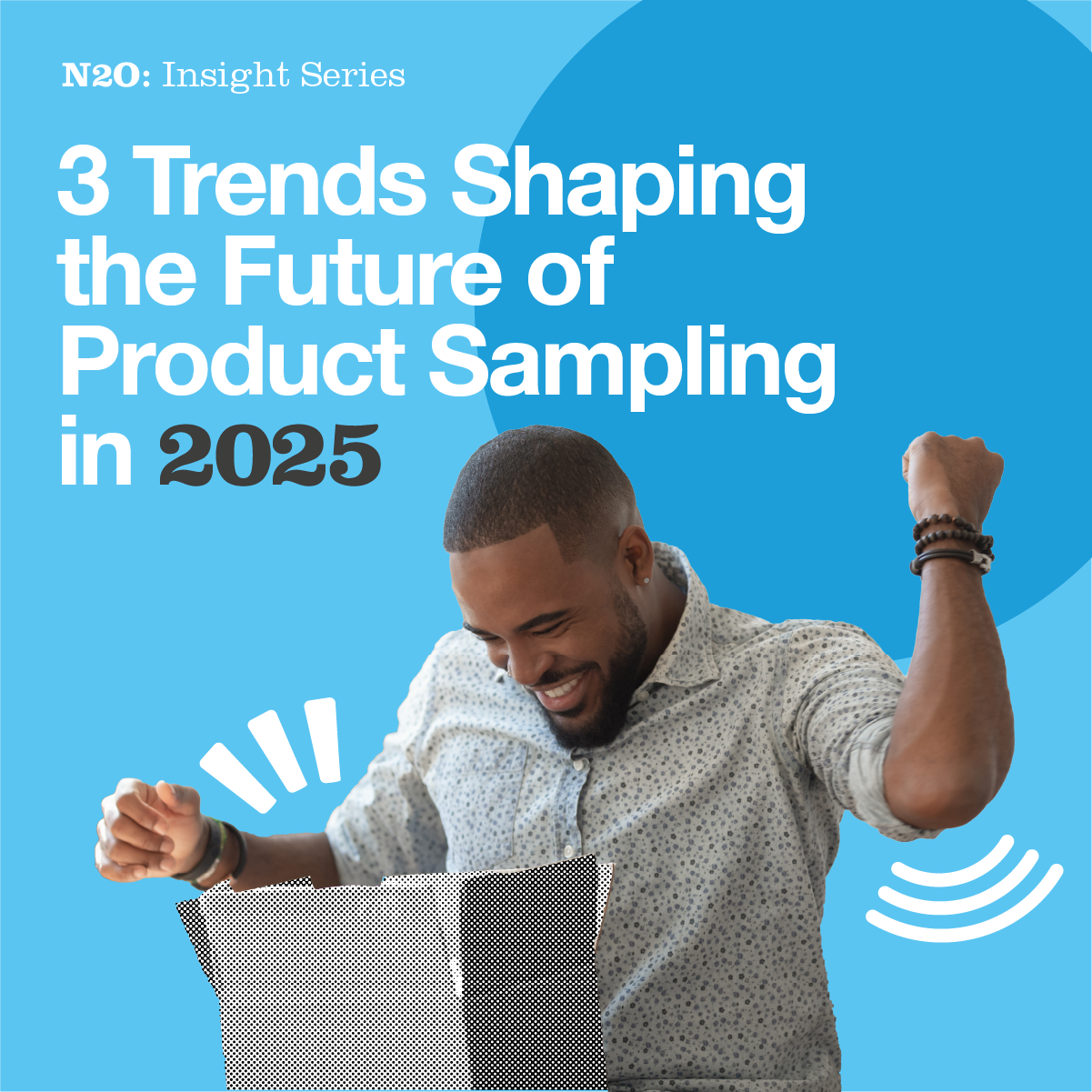


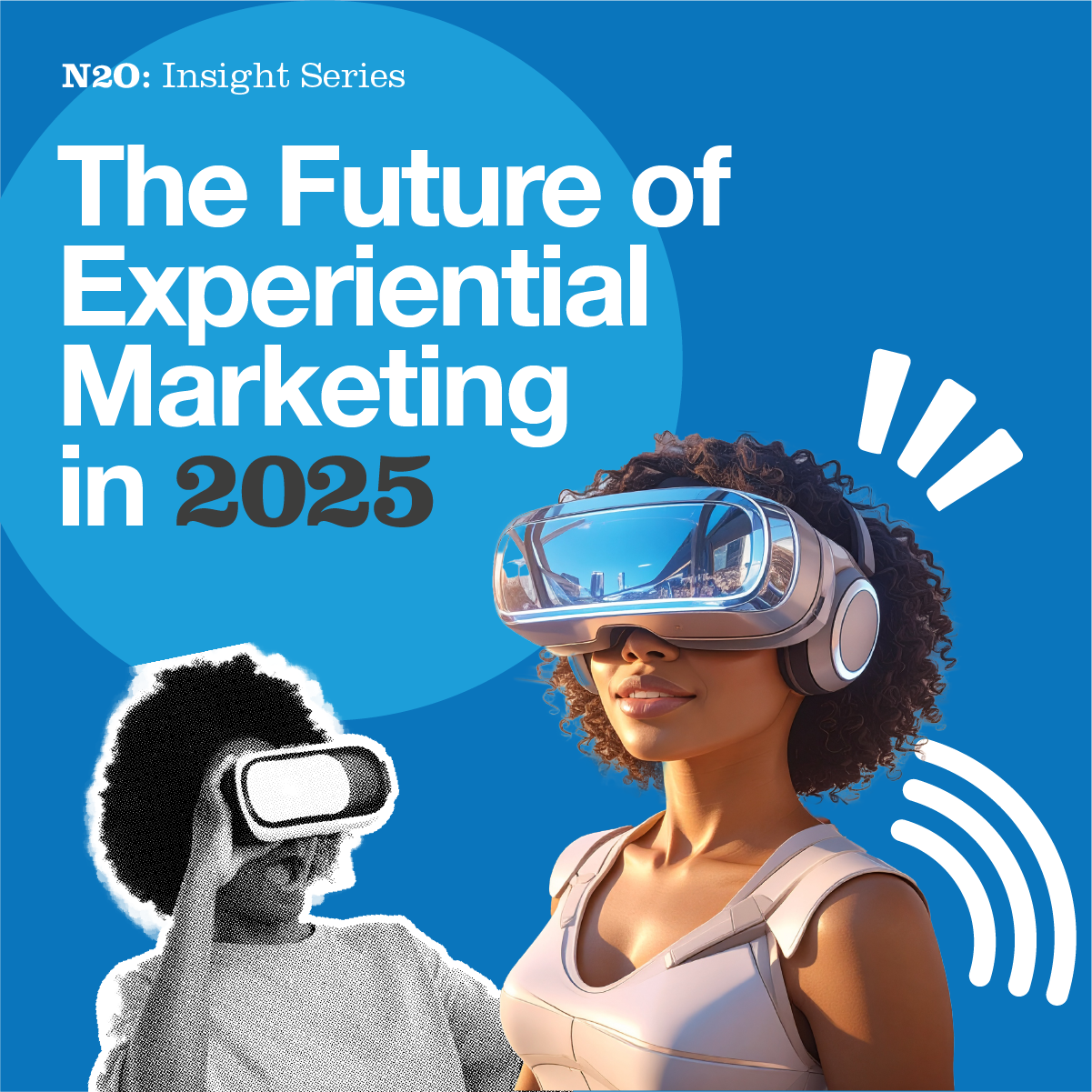



































































.jpg)







.jpeg)


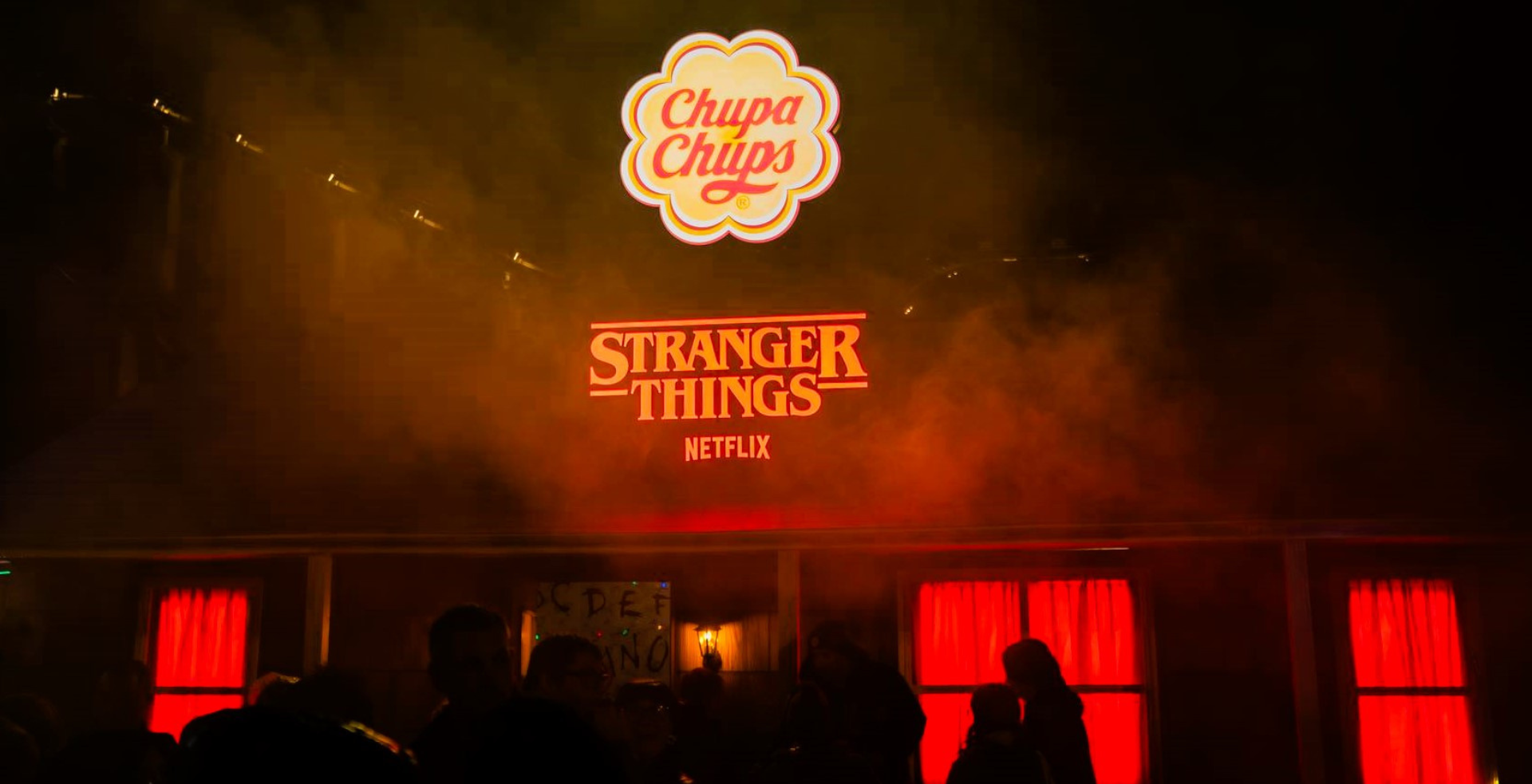
.png)


















